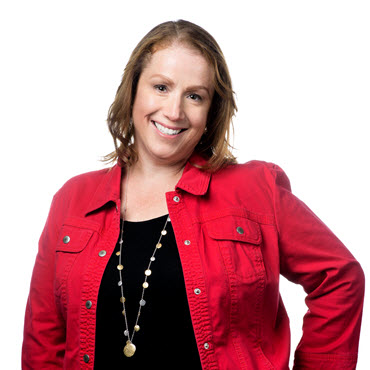
Many utility companies conduct user experience tests to ensure their customer-facing tools meet customer needs. But how much has your company explored the experiences of blind customers using these tools? What do you understand about how an unexpected power outage might limit a deaf person’s ability to communicate with their family?
Utility Brands Focusing on Diversity, Equity, Inclusion and Belonging
During the past few years, organizations worldwide have reconsidered their points of view on diversity, equity, inclusion and belonging. Utilities are not exempt from this shift: Many state regulatory agencies now require underrepresented groups to be explicitly included in customer research and communication.
For example, the California Public Utilities Commission requires investor-owned utilities to address disadvantaged communities in climate adaptation planning, solar programs, electric vehicle charging infrastructure programs and renewable energy portfolio planning. In this context, disadvantaged communities refer to any community that has been systematically burdened by a combination of economic, health and environmental factors or may be disadvantaged in the area of environmental and social justice (ESJ).
California has developed a community screening tool to identify disadvantaged communities. Some factors that might qualify a community for disadvantaged or ESJ status include being:
- Predominantly comprised of people of color.
- Considered low-income, as measured by household income, unemployment rates and housing burden.
- Made up of a certain level of non-English speakers.
- Subjected to a disproportionate impact from one or more environmental hazards (such as pesticides in agricultural areas, lead paint/lead pipes in housing, or vehicle emissions from traffic).
- Likely to experience the disparate implementation of environmental regulations and socioeconomic investments in their communities.
- A tribal land area.
- Located near or around a known toxic chemical location.
- Sensitive to pollution due to a large number of people whose age or health status makes them susceptible (e.g., asthma, cardiovascular disease, low-birth-weight infants).
Aside from the definitions California provided, we are seeing increased interest in ensuring more representation in utilities’ decision-making processes and creating opportunities for all customers to fully engage with the utility how and when they wish to.
Understanding the Needs of Disadvantaged Communities
How can a utility understand the needs of disadvantaged communities in these scenarios? Escalent and our sister company, C Space, have partnered with several utilities to explore questions like these:
- What barriers to interacting with utilities exist?
- What utility products and services are most appealing?
- Which utility products and services are not “on the radar” due to more pressing, immediate concerns?
- How well do people understand their vulnerability to wildfires and the impact of wildfires on the availability of electric power?
- When planning grid infrastructure improvements, which parts of the improvement process are most unwelcome? Which parts are most welcome?
Our findings from research with underrepresented customers often illustrate simple issues that utilities fail to anticipate. Here are a few examples:
- Some telephone interactive voice response (IVR) systems only allow customers to select an option via voice commands. This is an obstacle for customers who are deaf, who have a speech impediment, or whose accents are not easily understood by the IVR. Allowing customers to choose voice commands or push-button responses can quickly remedy this problem.
- Using camel case in social media posts can help people with vision impairments who use a screen reader understand your hashtags. Camel case is the practice of capitalizing each word in the hashtag except for the first one: for example, #renewableEnergySources.
- Multiple stakeholders may be involved when considering electric vehicle charging infrastructure in areas with many multifamily residential buildings. Utilities should consider the needs and attitudes of both the building owners/landlords and residents. Other factors in the feasibility of installing charging infrastructure might be whether residents pay their utility bills (or the landlord pays), whether residents have a designated parking spot assigned to them, and who will pay for the charging.
If you haven’t already, chances are your company will soon need to assess customer experiences and challenges among audiences you’ve likely deprioritized in the past. The first step in serving these customers better is understanding them; Escalent can guide you in that process.
If you’d like to learn more and speak with one of our Energy industry experts, click the button below to reach out to us.








